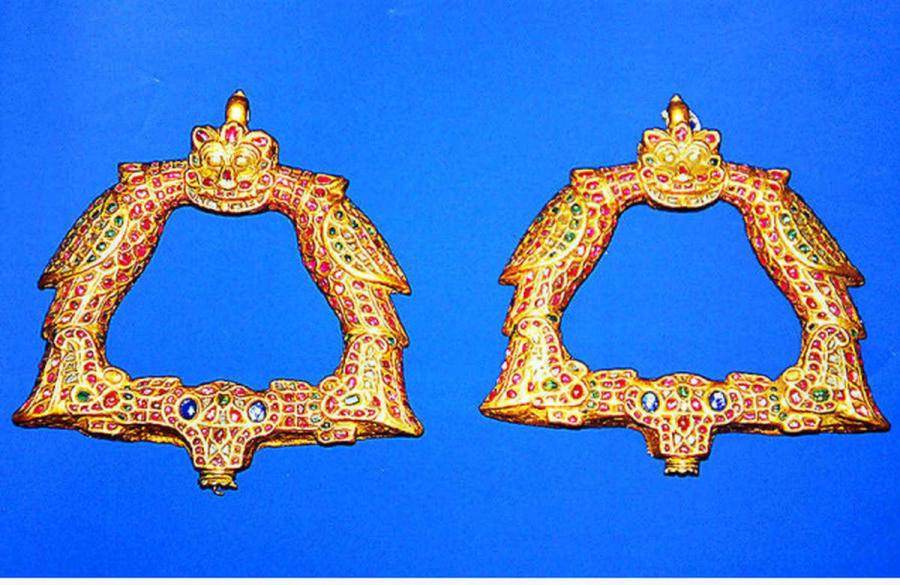The vibrant streets of Madurai hold a tale of Rous Peter, the devoted Collector of the temple town in 1812. Despite being Christian, he respected the Hindu traditions of the land. A divine encounter with Goddess Meenakshi saved him from disaster, leading him to commission golden stirrups as a gift. Even in death, Peter's devotion endured, as he was laid to rest facing the Meenakshi Temple. Now, during the Chaitra Festival, the goddess is adorned with the sacred Paadhukams, symbolizing the enduring bond between man and the divine.










